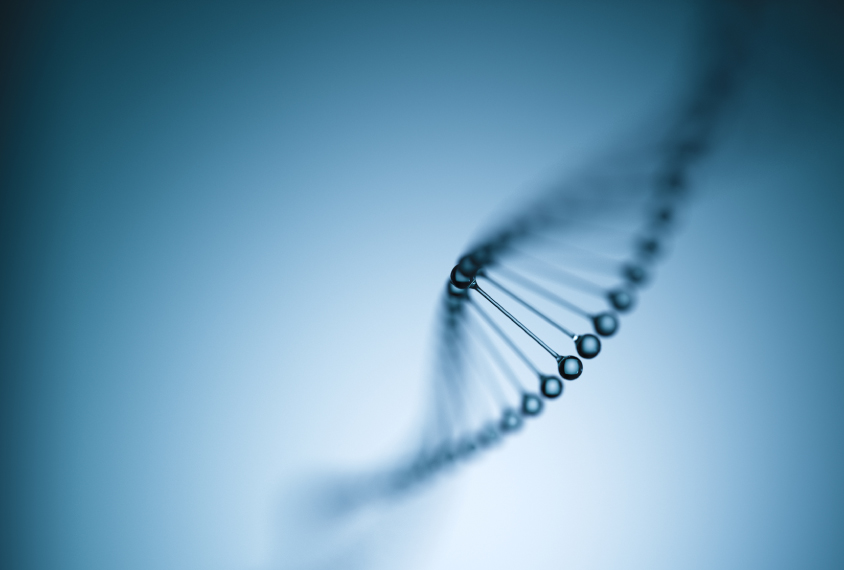
Filograph / iStock
THIS ARTICLE IS MORE THAN FIVE YEARS OLD
This article is more than five years old. Autism research — and science in general — is constantly evolving, so older articles may contain information or theories that have been reevaluated since their original publication date.
Deletions within a specific segment of chromosome 22 raise the risk of autism, a new study suggests1.
Deletions or duplications of DNA in this region, called 22q11.2, are associated with autism and schizophrenia, as well as heart and gastrointestinal problems.
In most cases, these deletions or duplications span the entire region. But in about 15 percent of cases, they affect just one of four segments within 22q11.2.
Researchers now report that only one of these segments is tied to autism: 5 of 12 children with a deletion have the condition, compared with none of 8 other children with a deletion or duplication in any of the other three segments.
“That’s a pretty high rate,” says lead researcher Robert Schultz, director of the Center for Autism Research at the Children’s Hospital of Philadelphia.
The number of children in the study was small because these mutations are rare, so the findings must be replicated. But if confirmed, they help solve a big puzzle in the field — how genes in this region contribute to autism and other conditions.
“This study by Schultz and colleagues elegantly addresses that knowledge gap,” says Noboru Hiroi, professor of psychiatry and behavioral sciences, and of neuroscience, at Albert Einstein College of Medicine in New York City, who was not involved in the research.
Telling trio:
Schultz and his colleagues identified 33 children with a small deletion and 13 with a small duplication in 22q11.2, from a database of more than 1,000 children with mutations in the region.
They assessed 20 of the children for autism. Of this group, 12 children have a deletion that includes a stretch between two ‘points’ in the region, dubbed A and B; the remaining 8 have alterations that affect segments that run from B to D. (A, B, C and D are all blocks of repetitive DNA.) They found that five of the children with a deletion in the A-to-B segment have autism and none of the children with a mutation outside of this segment do. The study appeared 27 October in Molecular Autism.
“The findings are really interesting — particularly that the rate of autism was zero” in children with alterations outside the A-to-B region, says Carrie Bearden, professor of psychiatry and biobehavioral sciences and psychology at the University of California, Los Angeles, who was not involved in the work. Bearden says the work is “a first step” in confirming the region’s link to autism.
With such a small sample, it is hard to know the true rate of autism associated with the region. But its link to autism aligns with findings from previous studies.
For instance, a 2014 study reported that individuals with diminished activity of two genes, COMT and PRODH, in the A-to-B segment are more likely to have autism than those with a deletion elsewhere in the region2. And last year, Schultz’s team found that deletion of a third gene in the segment, RANBP1, raises the risk of autism3.
In the new study, Schultz and his team described one child with autism who has a duplication in 22q11.2 that consists mainly of COMT and RANBP1.
The idea that these three genes contribute to autism risk makes sense because animal studies support their involvement in brain development, Bearden says4,5.
The genes have not yet cropped up in any studies of autism. Still, investigating their function could reveal clues to biological mechanisms underlying the condition, Schultz says.
The next step is to replicate the findings in a larger group of children. Collaborative studies that pool information from multiple sites — such as the International Consortium on Brain and Behavior in 22q11.2 Deletion Syndrome — could provide the necessary data.
By joining the discussion, you agree to our privacy policy.